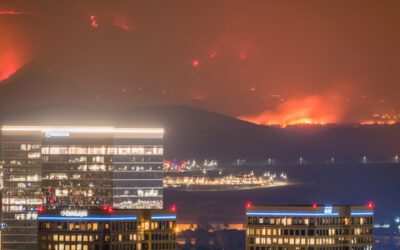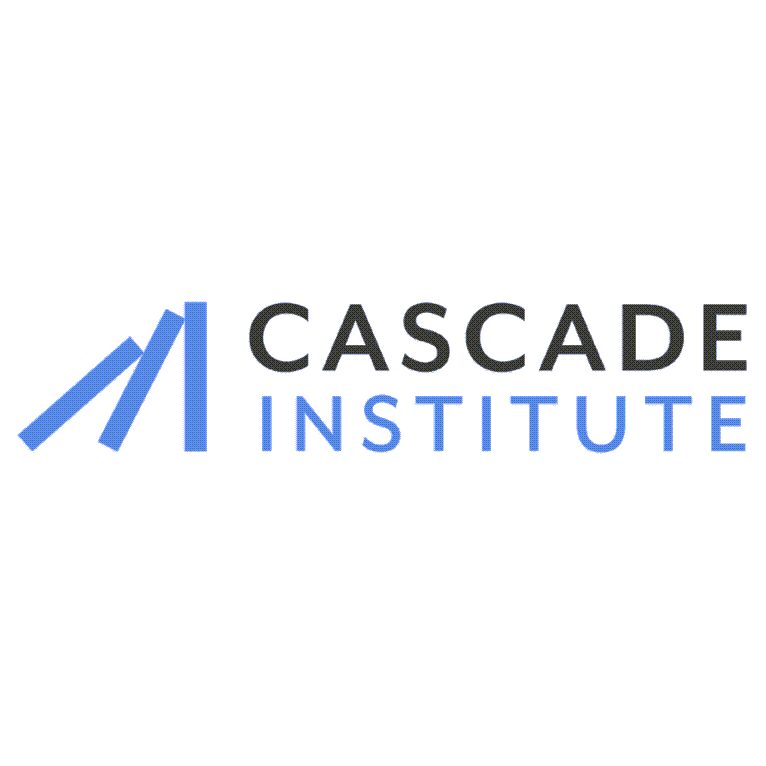by Kathryn Schulz in The New Yorker…Scientists can’t predict what will happen in space. All they can do is try to identify a threat quickly enough to minimize its impact on everything that it might damage or destroy.
Systemic wisdom for and beyond systems change – A critical systems perspective convening not only indigenous traditions of wisdom
by Louis Klein in EUSG.org…Systemic wisdom facilitates the re-entry of trust and love into science. And though this challenges the modern worldviews and the contemporary self-perception of sciences, it allows for translating knowing into understanding and knowledge into wisdom. We may lose the option of heroic systems change, yet we gain the possibility to realise a humanising society embedded in systemic wisdom.
Rebecca Solnit: Slow Change Can Be Radical Change
by Rebecca Solnit…..We are impatient creatures, impatient for the future to arrive and prone to forgetting the past in our urgency to have it all now.
Redefining philanthropy for global collective resilience: Embracing the polycrisis paradigm
Connecting people, north and south, and convening conversations to share approaches, practices and learnings is vital to inspire and to harness the real potential value for all of our philanthropic contributions. Read full article on WingsWeb.org
Towards multivalent currencies, bioregional monetary stewardship and a distributed global reserve currency
from Dark Matter Labs.org…Ultimately we hope to convene a community who have diverse skills and experiences beyond our own; a distributed team united in designing and building the alternative monetary system that we so desperately require. A first step towards that is to think carefully about what a desirable monetary system might in fact contain.
Critical Atlantic Ocean current system is showing early signs of collapse, prompting warning from scientists
by Laura Paddison on CNN….For decades, scientists have been sounding the alarm on the circulation’s stability as climate change warms the ocean and melts ice, disrupting the balance of heat and salt that determines the currents’ strength.
The perverse policies that fuel wildfires
by Elizabeth Kolbert in The New Yorker…Strategies intended to safeguard forests and homes have instead increased the likelihood that they’ll burn.
Crazy Town: Episode 74. Prepping for the apocalypse: Elites’ foolish fantasies for surviving a collapse of their own creation
by Asher Miller, et al., in podcast Crazy Town: Meet Barrett Moore, the bunker-building bullshit artist who helps capitalists survive the apocalypse with beans, bullets, and bravado. Please share this episode with your friends and start a conversation.
Hurricanes becoming so strong that new category needed, study says
by Oliver Milman in The Guardian…Scientists propose new category 6 rating to classify ‘mega-hurricanes’, becoming more likely due to climate crisis
The Seven Shifts
in Horizon 2045…We safeguard the wellbeing—and the promise—
of future generations.
We realign our human experience around propelling humanity forward



